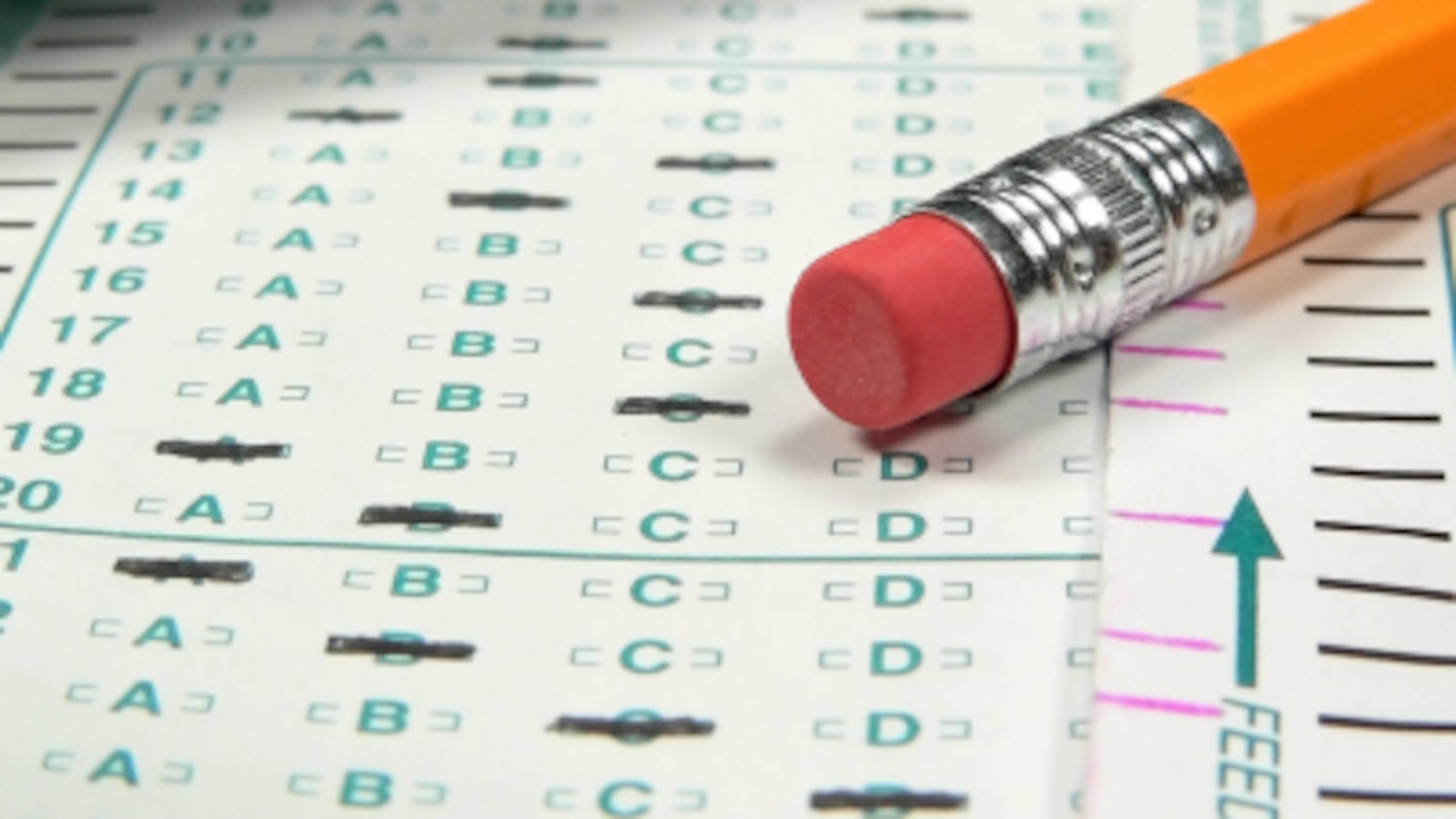With the first part of TNReady testing barely in the rear-view mirror for students and educators, the focus now shifts to Part II of the state’s new standardized assessment, slated to begin in less than a month.
The second part — which has greater weight on student test scores than the first part — is scheduled to be administered between April 25 and May 11, depending on the local district.
This is the first time that Tennessee’s end-of-course assessment has been administered in two parts, rather than in one bundle at the end of the school year.
State and local officials are hoping that Part II will hold fewer surprises than Part I, which was plagued with technical troubles and, after the state switched to paper testing, printing delays.
Here are the big points to remember going forward:
1. Part II will look more similar to the standardized test of years past than Part I.
The second part of TNReady features mainly multiple-choice questions (although, unlike in years past, students sometimes will be able to select several choices.) It has about 60 questions each for math and English, split up over two days. When the test originally was to be administered online, Part II also was supposed to include interactive questions in which students could use drag-and-drop tools, but those won’t be possible on the paper version.
Part I was dominated by essay questions for English and social studies and “a performance task” in math for grades 3-8. A performance task is an in-depth question that requires students to demonstrate their problem-solving skills. A major reason that Part I originally was scheduled to begin as early as Feb. 8 was to provide adequate time to hand-score writing.
2. Taking Part II will take slightly less time than with taking Part I.
Time limits depend on the grade level. High school students are expected to spend more minutes testing than students in grades 3-8. But overall, time limits are shorter on the second part for all students. Students in grades 3-8 will spend about 140 minutes for English, split over two days, and 90 minutes for math, also split over two days. High school students will spend about 170 minutes on English tests and two hours for math.
3. But Part II counts for more than Part I — a lot more.
Part II counts for 80 percent of students’ scores and covers all standards for each grade level. Part I only counted for 20 percent of students’ scores and, since it was administered earlier in the school year, covered 60 percent of standards.
Students will receive one composite score, likely in the fall.

